Dive Into the Tangy World of Fermented Pickles at Your Fingertips
Primal Edge Health participates in the Amazon Services LLC Associates Program and other affiliate programs and therefore, may collect a share of sales or other compensation from the links on this page. This comes at no additional cost to you, and all the prices and availability are accurate at the time of publishing.
You might be familiar with the crunchy, tangy taste of store-bought pickles, but there’s something incredibly satisfying about making your own fermented pickles at home. The process is simple, requires minimal ingredients and allows you to experiment with various flavors and techniques.
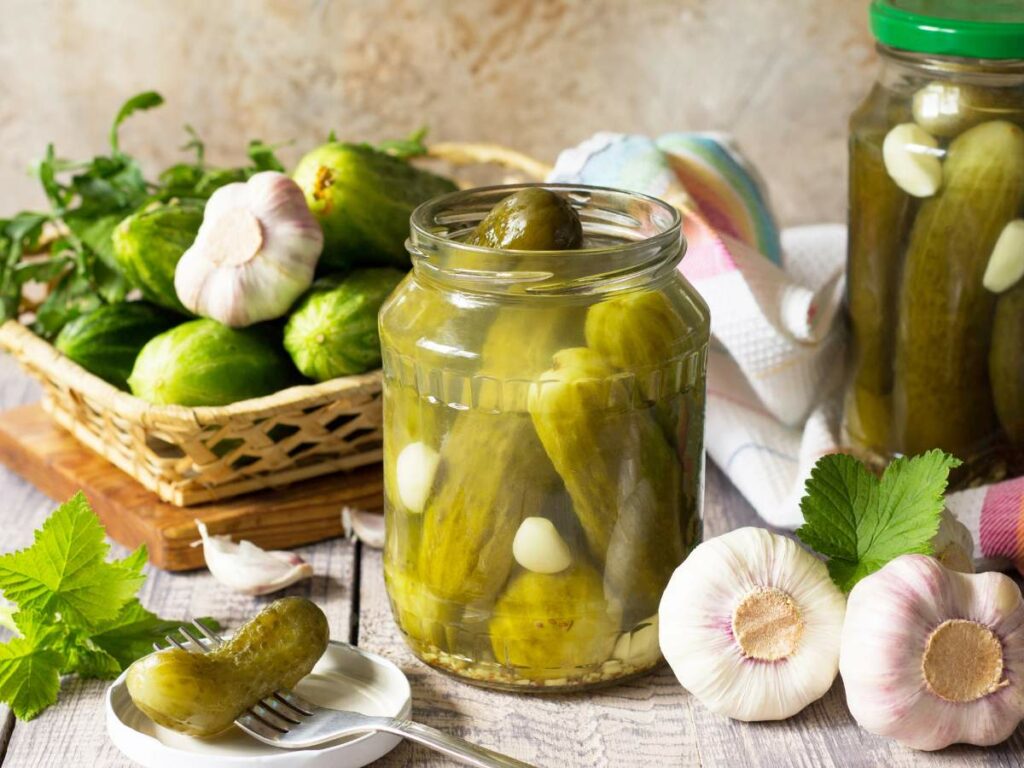
Fermented pickles are somewhat of a staple in my home. We add it to salads, sushi rolls, BBQ side dishes, and even charcuterie boards. At one point, I realized that instead of buying so many jars of pickles from the grocery store, why not just make my own and save money?
When you choose to make your own fermented pickles, you’re tapping into the ancient art of fermentation, a process that has been used for centuries to preserve and enhance food. From the classic garlic and dill flavor combination to more adventurous options, these pickles will open doors to new culinary experiences.
What Is the Difference Between Fermented Pickles and Regular Pickles?
Fermented pickles rely on the natural bacteria present in vegetables and saltwater brine to undergo a transformation. During fermentation, the bacteria convert sugars into lactic acid, acting as a preserving agent. In addition, fermented pickles boast a unique, complex flavor that many people love.
On the other hand, regular pickles are made by preserving vegetables in a mixture of vinegar, salt and sugar, often with added spices. This process doesn’t involve the fermentation stage or the involvement of beneficial bacteria. In the case of regular pickles, it’s the vinegar that serves as the primary preserving agent.
According to Harvard Health, the fermentation process allows good bacteria to thrive and these probiotics can help improve digestion, balance your gut flora and support your immune system. Here’s a quick comparison table for the two types of pickles:
| Fermented Pickles | Regular Pickles | |
| Process | Fermentation | Pickling in vinegar solution |
| Probiotics | Yes | No |
| Flavors | Complex | Tangy |
| Preserving Agent | Lactic acid (produced by bacteria) | Vinegar |
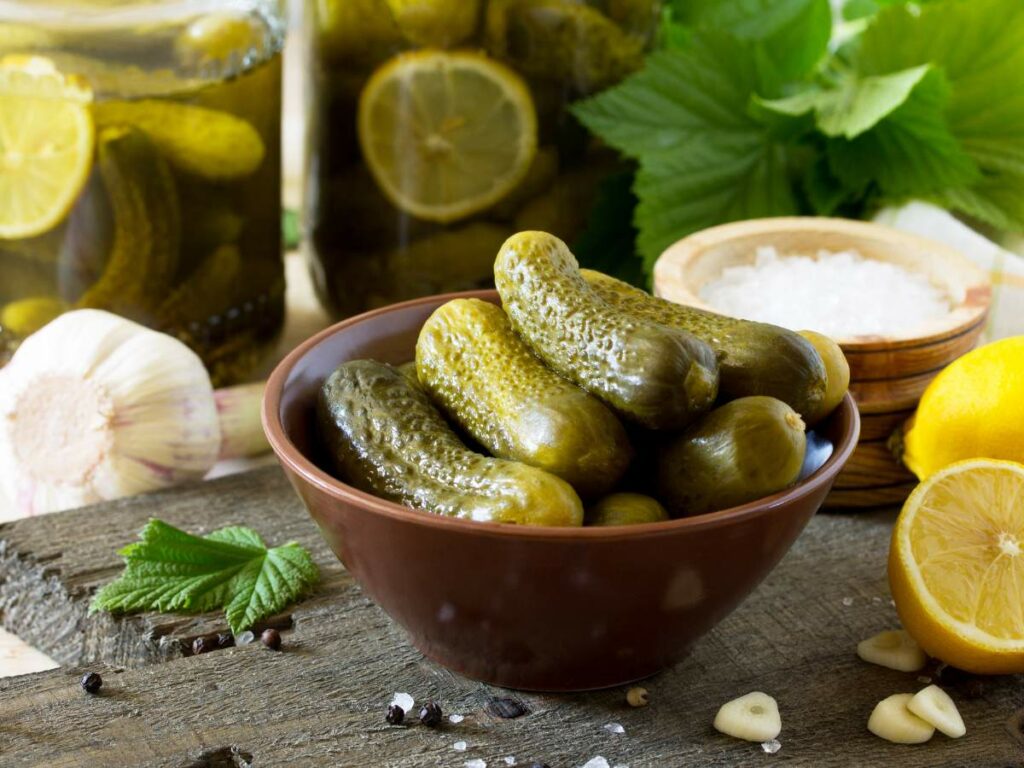
History of Fermented Pickles
You might be wondering how fermented pickles became such a popular food item. Fermenting pickles dates back thousands of years, at least to the third century B.C.E.
Over time, the practice spread to various regions, each with its unique twist. Pickles were not just made with cucumbers but also with other vegetables, fruits and even fish.
What Equipment Is Needed?
You’ll need a few essential tools and equipment to start your fermented pickles journey. Don’t worry; the list is not long and most items are easy to find or might already be in your kitchen.
- First, you’ll need a fermentation container. This can be a large stoneware crock, a glass jar or a food-grade plastic container. Make sure it’s clean and doesn’t have any unwanted residue. I like to use reusable mason jars.
- Get airlocks or fermentation lids that allow gases to escape during fermentation while preventing contaminants from entering. They help maintain an anaerobic environment.
- A quality knife or food processor will be your best friend when prepping vegetables for fermentation.
- Weights to keep the vegetables submerged in the brine. You can use pie weights, a bag of water or a plate.
- You’ll also need a large mixing bowl to combine all your ingredients before transferring them to the fermentation vessel.
- Non-metallic utensils, such as wooden spoons, are a must. Metal can react with the brine and affect the fermentation process.
- If you’re not using airlocks, you can cover the jars with cheesecloth or a clean cloth to keep out dust and insects while allowing gases to escape. You’ll also need rubber bands to keep your cloths in place.
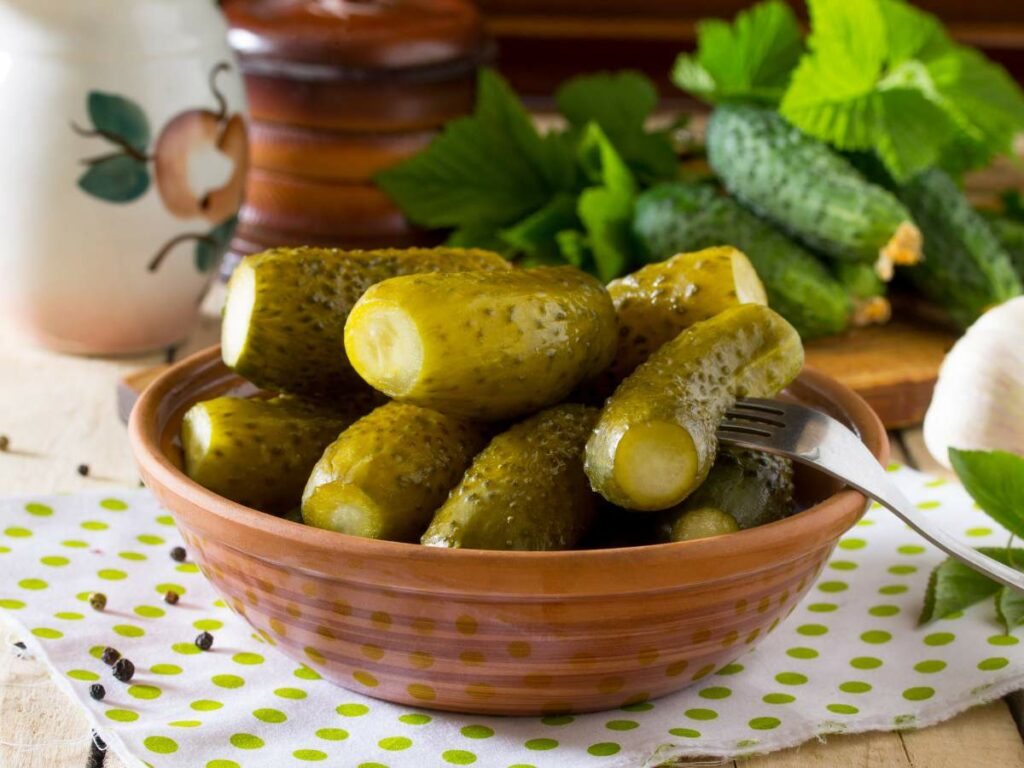
Pickling Ingredients
There are some key ingredients needed for making fermented pickles. Here’s a list to help you get started:
- Vegetables: Firm, fresh and unblemished vegetables are the best for fermenting. Avoid overripe or bruised ones, which might result in a mushy texture. While cucumbers are traditional pickling vegetables, you can pickle almost any vegetable. Consider using radishes, beets, green beans and more.
- Salt: Use non-iodized salt (kosher or pickling salt) to create the brine, as iodized salt can inhibit the fermentation process. Consult a recipe for the specific type of pickle you are making to determine the salt-to-water ratio.
- Flavorings: Common flavorings include dill, garlic, red peppers and pickling spices. Get creative and mix up your favorite flavors.
- Water: Use filtered or distilled water to avoid chlorine and other chemicals that can inhibit fermentation.
- Sugar (optional): Some recipes include a small amount of sugar to balance the acidity and enhance the fermentation process.
- Other Vegetables (optional): Carrots, onions, peppers, and other vegetables can be added to the pickle mix for variety and additional flavors.
Duration and Temperature
Generally, fermented pickles should be stored at 70 F and 75 F for 3 to 4 weeks. However, The fermentation time for pickles can vary based on factors such as temperature, the size of the vegetable, and personal taste preferences.
For cucumbers, if you’re after a quick, tangy crunch, a short fermentation of 2 or 3 days at 70-75F (21-24C) will do the trick. For a deeper, more balanced flavor, aim for a medium fermentation of 5 to 7 days at 65-70F (18-21C). This sweet spot in the fermentation process produces pickles with a satisfying tang and a slightly softer texture.
What about fully fermented pickles? For a long fermentation of 2 to 4 weeks, the temperature should be between 60-65F (15-18C). This extended period produces traditional sour pickles with a strong tangy flavor and a softer texture.
Also, the fermentation time can vary based on the vegetable you are pickling. Cabbage takes longer to ferment than cucumbers.
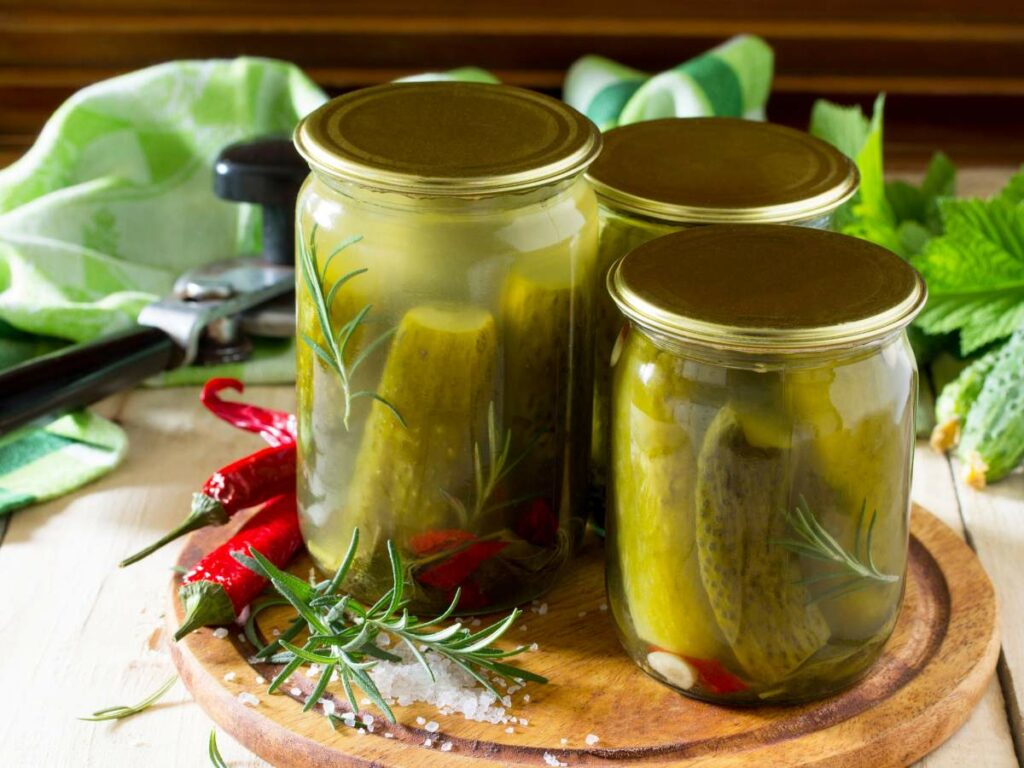
Storing and Shelf Life
Fermented pickles can last for varying amounts of time, depending on your method and recipe. In general, you should eat the pickles within one to two months.
Fermented pickles can last for several months to a year in the refrigerator. Their flavor and texture will continue to evolve slowly over time and become more complex.
But while fermented pickles have a long shelf life, it’s important to check for signs of spoilage. If you notice any mold, off smells, or unusual colors, discard the pickles. A cloudy brine is normal and usually indicates healthy fermentation.
In any case, make sure to store your fermented pickles properly. Keep your fermenting containers tight so you maintain the anaerobic environment that helps prevent spoilage.
Fermented Pickles in International Cuisine
Fermented pickles are enjoyed worldwide; many cultures have put a unique spin on this age-old tradition. Let’s take a closer look at some famous international fermented pickles.
Japanese Tsukemono
Tsukemono, or Japanese pickles, offer a delectable taste of Asian cuisine. Typically made from vegetables like cucumbers, radishes or eggplants, tsukemono is fermented and served with rice. They’re perfect for adding color and flavor to your meal.
Indian Achar
Achar hails from India and features a vibrant medley of fruits and vegetables. These pickles typically have a unique, spicy undertone due to the addition of spices like mustard seeds, fennel and red chili powder. Indian achar shines when paired with roti, dosa or rice.
Middle Eastern Torshi
Fermented pickles are also enjoyed in the Middle East in the form of torshi. Made from various vegetables — such as cauliflower, carrots and cucumbers — torshi’s tangy and savory flavor profile makes it an excellent accompaniment to grilled meats and rice dishes.
Korean Kimchi
Kimchi is a vibrant fermented pickle renowned for its spicy, sour, and umami flavors. Made primarily from napa cabbage and daikon radish, these vegetables are salted for crispness and then coated with a bold mixture of gochugaru (Korean red chili flakes), garlic, ginger, and fish sauce or shrimp paste, along with scallions and carrots for added complexity.
You can add it to just about anything, as the Koreans do. I like to eat it with rich meat dishes to balance out the flavor like ground beef and broccoli stir fry with a side of white rice.
Using Fermented Pickles
Adding fermented pickles to your favorite sandwiches and salads can instantly elevate their taste and nutritional value. They can be used instead of regular pickles, as the tang from the fermentation complements the flavors of many sandwiches.
Fermented pickles are the way to go when you want a probiotic-rich addition for summer meals. My personal favorite is lacto-fermented pickle relish. Chop the cucumber into small pieces and ferment on the counter for a few days. It’s quick, easy and brings a delightful tang to hot dogs, burgers and egg salads.
For salads, try chopping up some fermented kosher-style dill pickles and adding them to a classic potato salad or pasta salad. The briny, crunchy pickles will add a surprising flavor to these familiar dishes.
They are also an excellent choice for snacking or as a part of a tasty appetizer spread. The pickles are great on their own but can also be served alongside crackers, cheese and cured meats for a delicious charcuterie board. If you want the pickles to be the star of the show, try these tasty pickle chips!
Remember, experimenting with different types of pickles, like those flavored with mustard seeds or peppercorns, can add even more variety to your dishes. So, don’t hesitate to get creative and incorporate fermented pickles into your cooking routine.
Portions of this article originally appeared on Food Drink Life

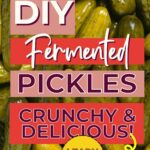
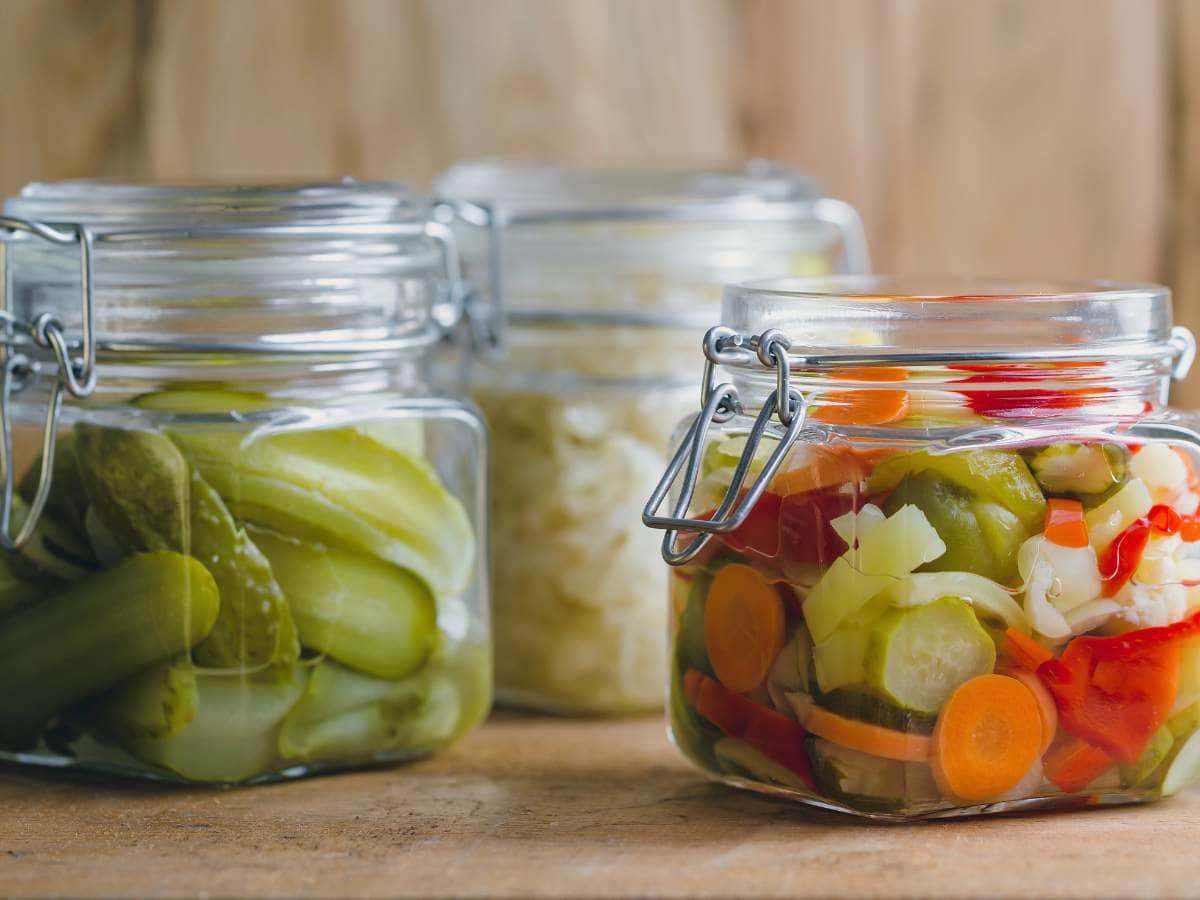
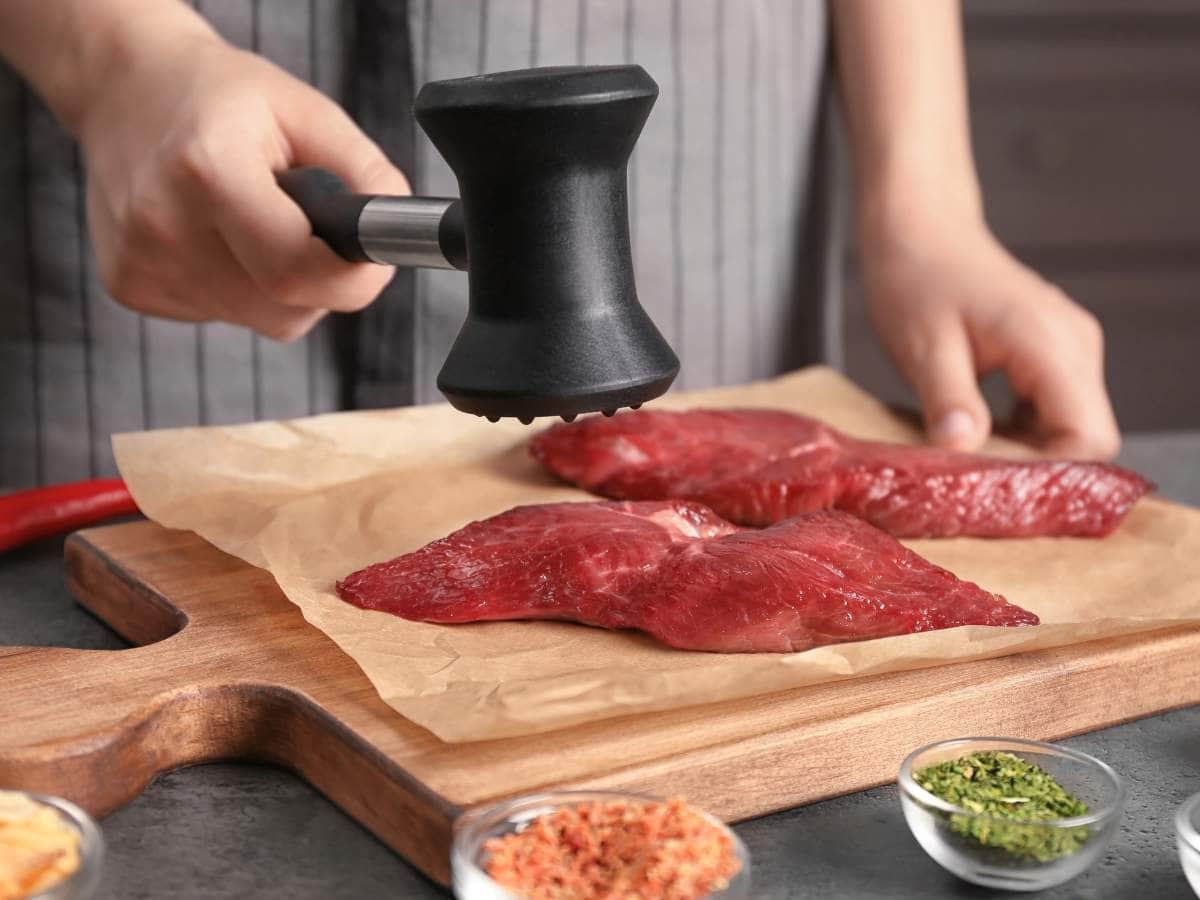
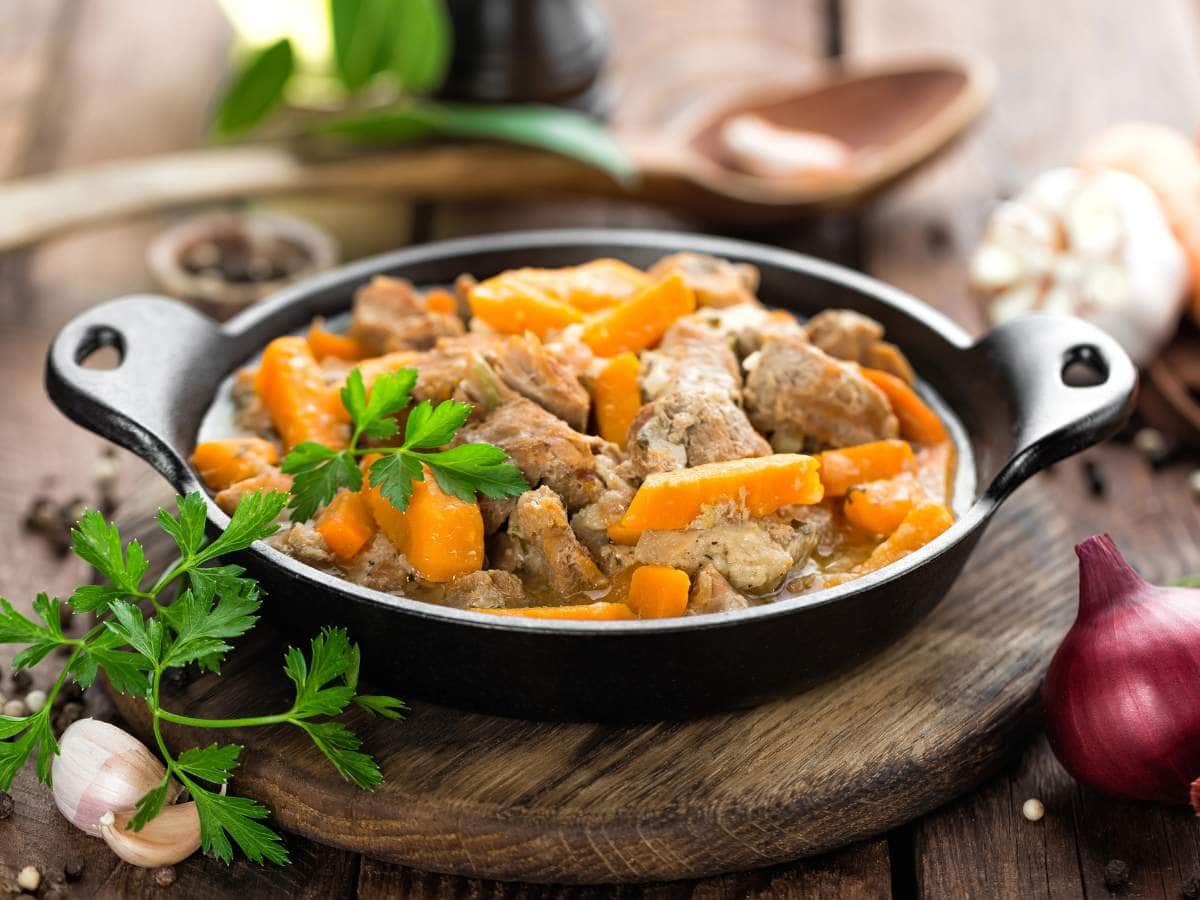
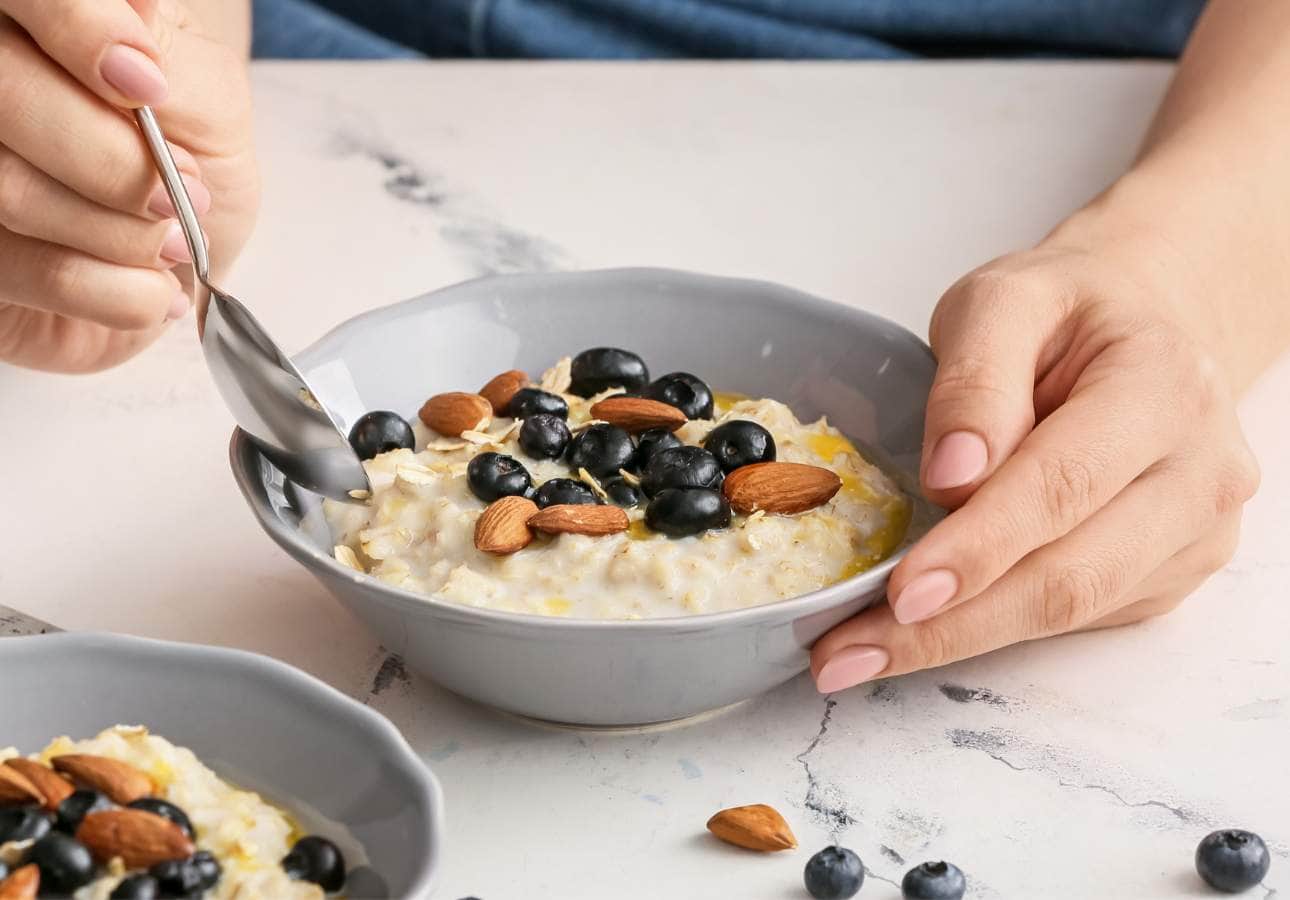
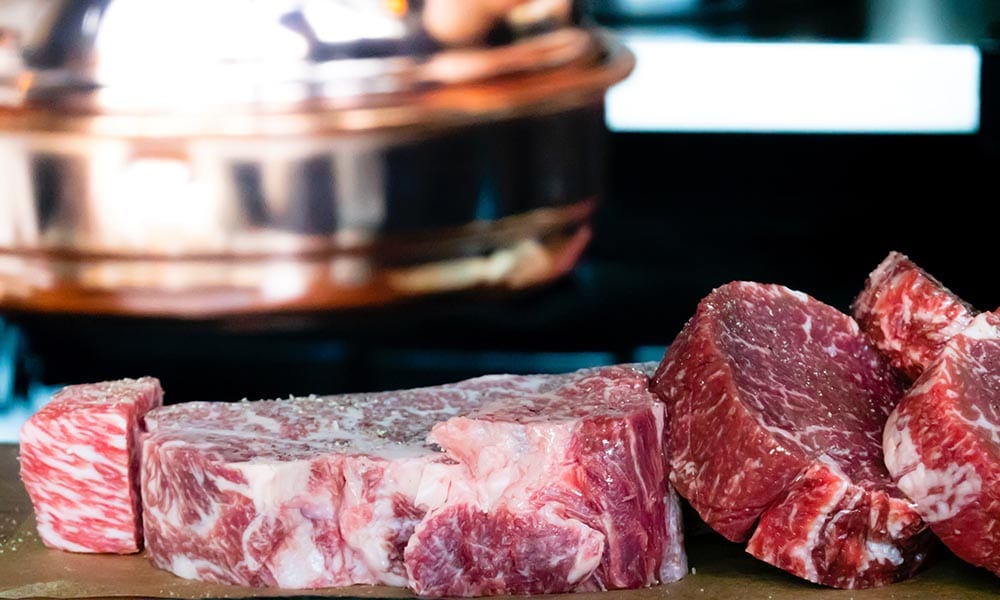
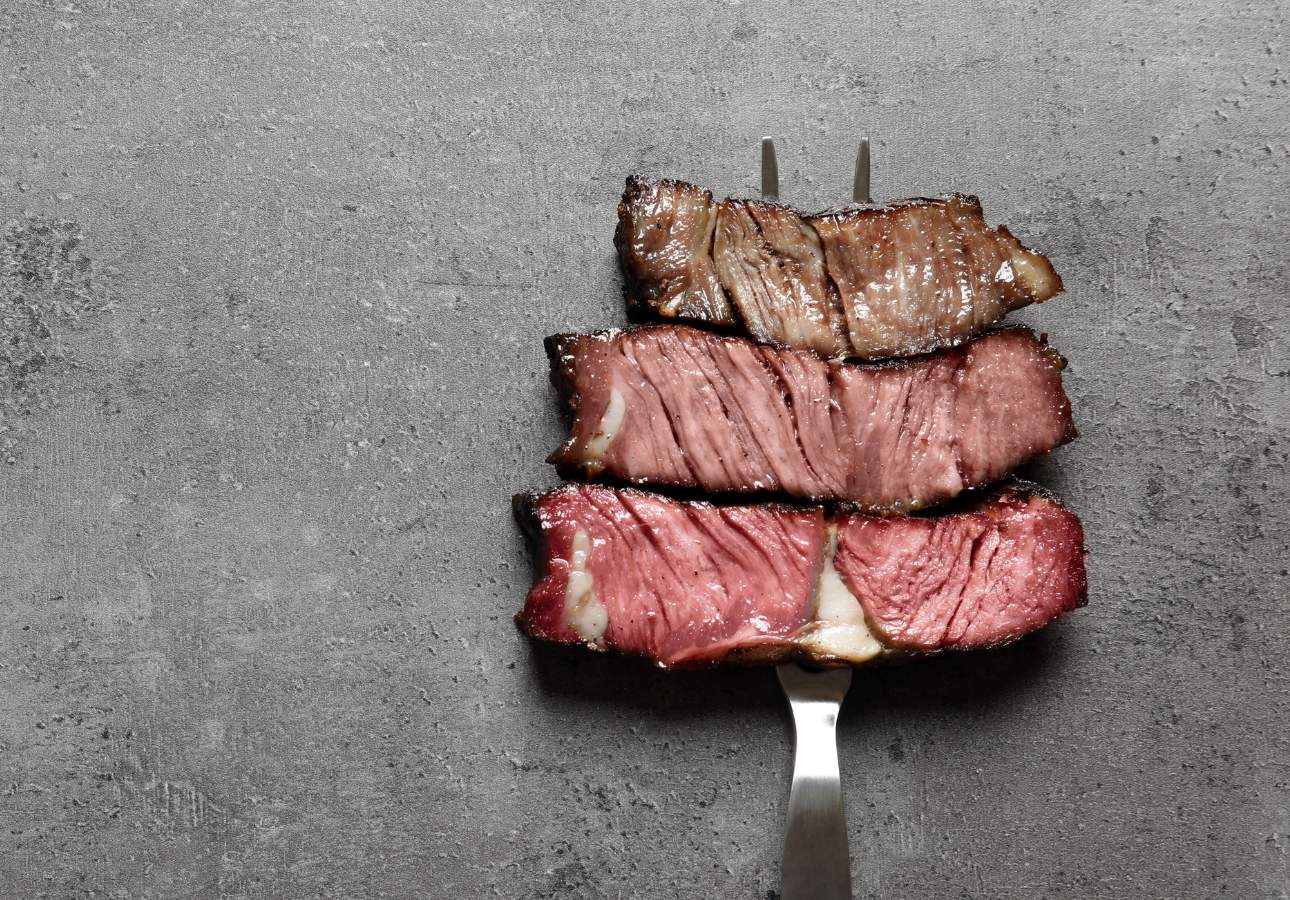
Very good! I’ve always wanted to learn how to make fermented pickles. I’m happy to try from scratch! My family will be so impressed!
Good luck, Jenny! I hope your pickles turn out perfectly.